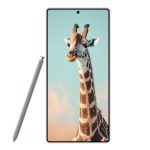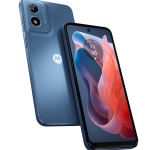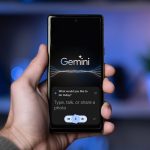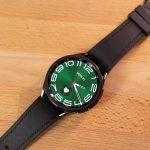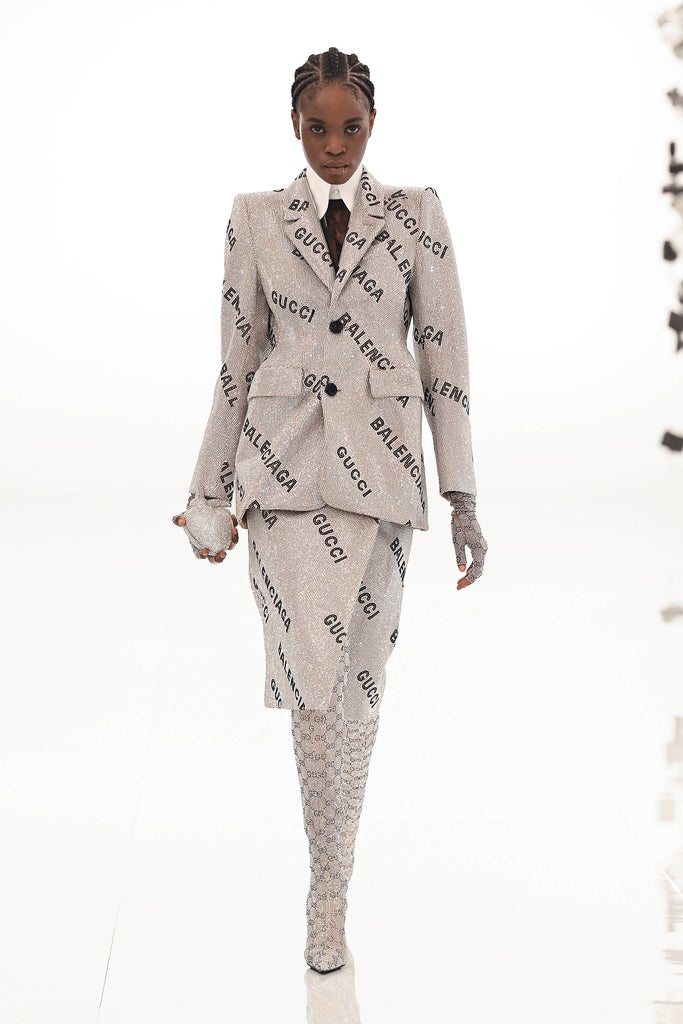
Earlier this year, Gucci and Balenciaga “hacked” each other’s collections in an attempt to push beyond the boundaries of conventional brand collaborations. The hacking manifested in the numerous ways designers Alessandro Michele and Demna embedded each brand’s DNA onto the other. But mostly, it was all about the logos. Think: Balenciaga “Hourglass” bags with Gucci monogram prints and a bedazzled blazer-and-skirt combo with the brands’ logos all over (pictured left).
While logomania was a reigning presence in the mid-2010s fashion discourse, the Gucci x Balenciaga partnership, along with other runway and retail collaborations, confirmed the arrival of its 2.0 version. Welcome the era of double the logos, double the excess — with brands merging their names on garments and accessories, rather than just combining the aesthetics.
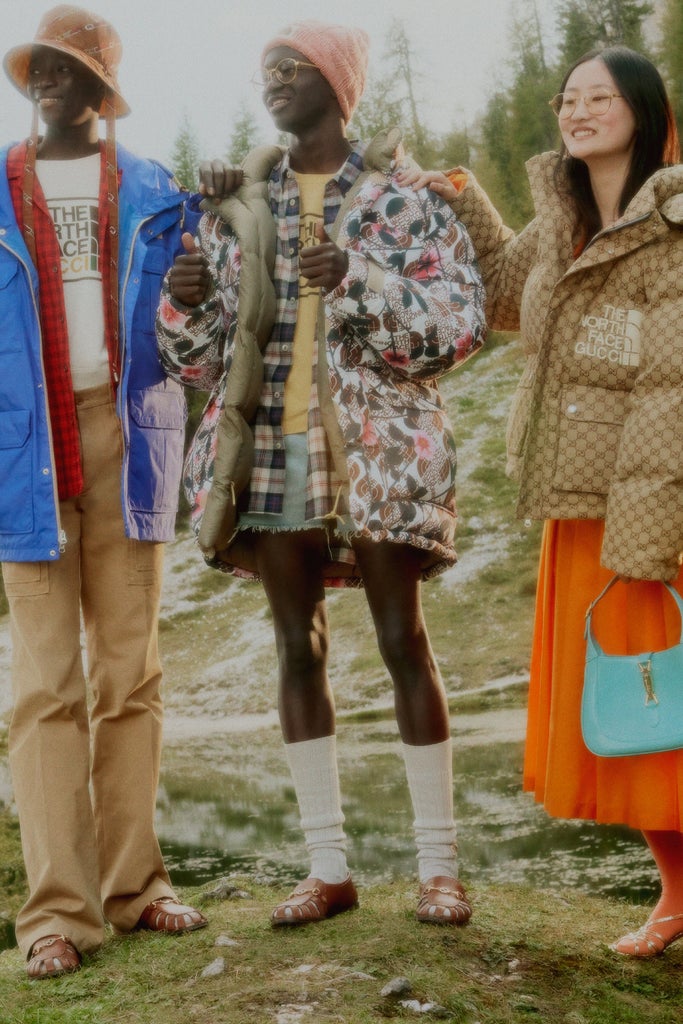
Take, for example, Gucci x The North Face’s collaboration in January 2021. Filled with puffer jackets, backpacks, and quilted skirts, the collection included monogrammed prints and full-fledged logos. Then, there was the November release of Fendi x Skims, a collaboration we bet was not on your 2021 bingo card, which also used logo mashups to create a unique print displayed on bodysuits and underwear.
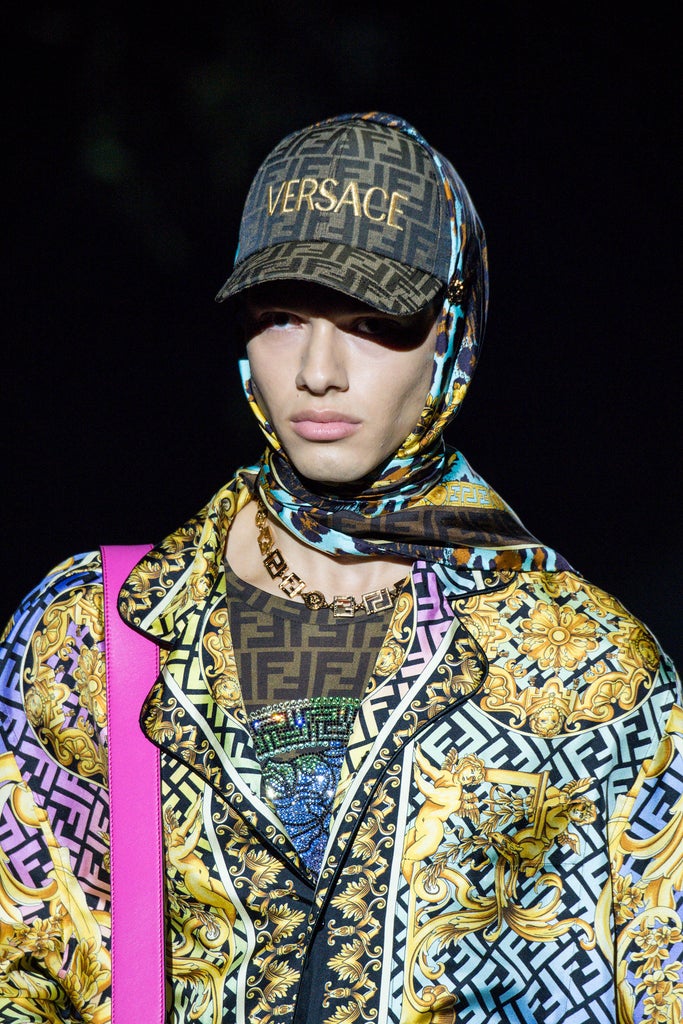
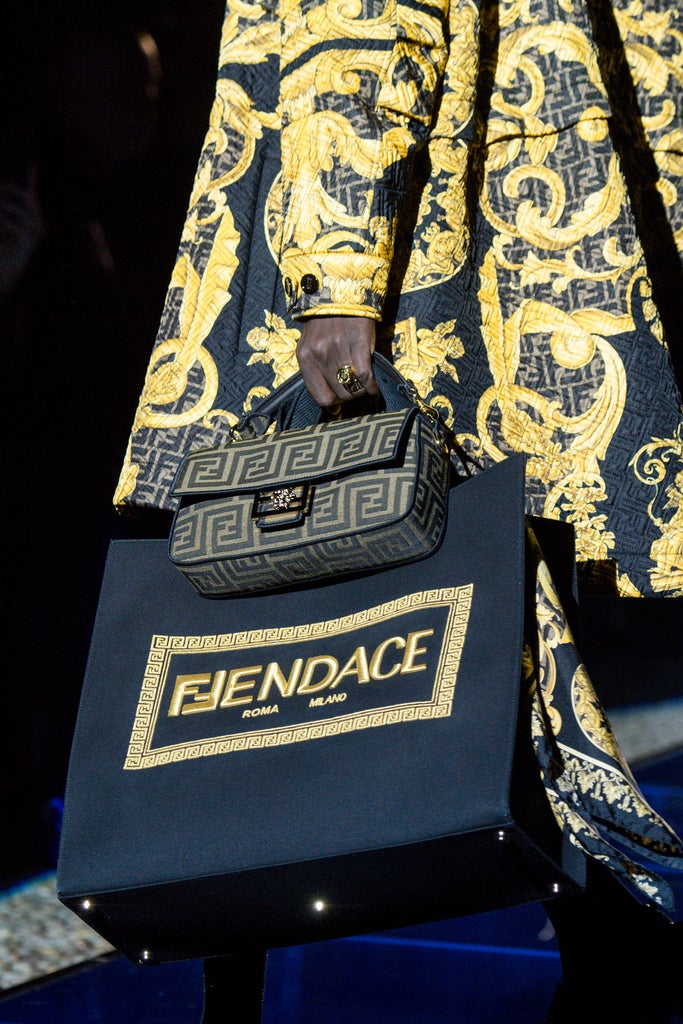
Before partnering with Skims, Fendi had already pushed the logomania 2.0 agenda, though. The latter merged with another designer heavy-hitter, Versace, on the runway during Fashion Month with the release of Fendace (or, Verdi, Fensace, the options are endless!). While this release was marked by experimental design cross-pollination from designers Kim Jones and Donatella Versace, there was a fair share of straightforward logo-swapping. For evidence, look at the belts that included both the Fendi double-F and the Versace gold font, or the reimagined Versace ‘80s logo that featured double Fs instead of nods to Greek mythology.
Logomania has infiltrated fashion in different formats throughout the years. Dapper Dan, who printed versions of the luxury monograms put forth by established labels (prompting houses like Gucci and Fendi to send cease and desist letters and file lawsuits against him in the 1980s) represented one era. By the 2010s, houses like Vetements and Moschino started borrowing logos from non-fashion companies as a commentary on consumer culture. There were Vetements DHL T-shirts and Moschino’s McDonald’s-inspired M-logo accessories. Then, streetwear came into the luxury zeitgeist, taking a cue from Dapper Dan’s designs. In 2017, Louis Vuitton collaborated with Supreme on a collection filled with both LV and Supreme logos. That same year, Gucci’s cruise collection featured a jacket that nodded to a famous Dapper Dan number, originally designed for Olympian Diane Dixon. (After the brand was called out online for not crediting the Harlem designer, Gucci partnered with Dapper Dan to re-open his New York-based shop and create a fashion collaboration.)
An offspring of the ostentatious fashion of the ‘80s and early ‘90s, logomania had been cast off earlier in the pandemic as one of the trends that would be left in the Before Times for its excessive display of luxury and wealth. But data suggests that logomania’s latest iteration is a success. Take, for example, Telfar and Ugg’s collaboration, which was first announced in 2020. According to global fashion platform Lyst, demand for both Telfar and Ugg jumped by over 200% after the collection dropped in July 2021.
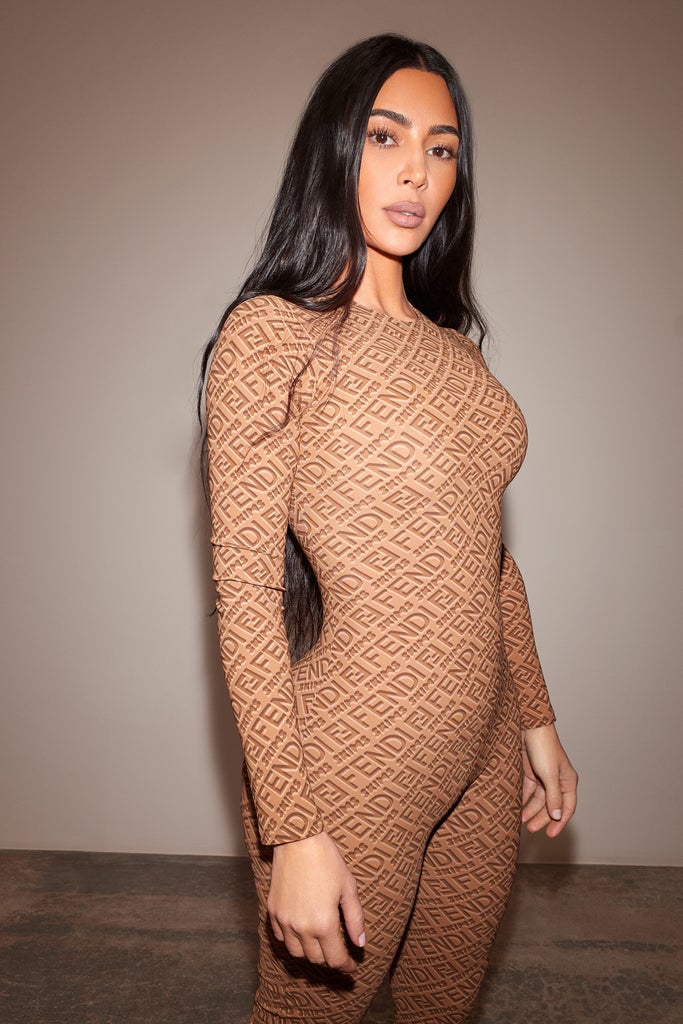
Meanwhile, Gucci and Balenciaga’s runway “hack” received over 5,000 daily searches on Lyst in the two months following the collection’s debut. One of this year’s most successful sneaker drops also featured logomania 2.0, with Bad Bunny and Adidas partnering on a three-model drop displaying both the Bad Bunny eye-logo and Adidas striped stamp on the brand’s “Forum” style. The collaboration fueled a 125% spike in searches on Lyst after the reggaeton artist wore them in his video for the song “Yonaguni.”
It makes sense that logomania would not only retain its power but come back stronger amid the pandemic. In the wake of vaccinations, 2021’s fashion story has ushered in a new era of bold, excessive, and fun-oriented trends that hearken back to some of fashion’s most vibrant periods, including the ‘80s and early 2000s, with micro-mini skirts, low-rise jeans, and reinvented power suits. This has also included a renewed interest in luxury monogrammed vintage accessories, thanks to the resale boom and TikTok’s focus on thrifting. Models like the Fendi monogram “Baguette,” the Gucci monogram “Jackie” bag, and Louis Vuitton’s monogram “Pochette” have been trending on sites like The RealReal and Tradesy since 2020.
Call it nostalgia or pure escapism, but logomania 2.0 is using fashion to manifest happier — and wealthier — times. Or at least look like it.
Like what you see? How about some more R29 goodness, right here?
Powered by WPeMatico


